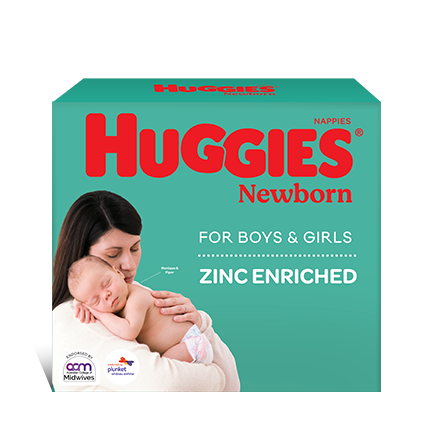Fertility
In our instant-gratification world, conceiving a baby is still something that often requires patience, optimism and a lot of waiting.
Jump to a topic in this section
What is fertility monitor?
If you’re trying to get pregnant, getting as much information about your own ovulation cycle and identifying those critical fertile days can really help you pinpoint the most likely days for you to get pregnant.
Between ten and fifteen percent of Australian couples who are attempting pregnancy each year will go on and consult their GP with concerns about their fertility and a third of them will be referred to a specialist, according to a recent report from the Queen Elizabeth hospital in Adelaide.
Fertility awareness – that is, having a good understanding of your own fertility cycle – can make a significant difference to the amount of time it takes a couple to get pregnant.
How to increase fertility
Can fertility be increased? If so, what can you do to increase your fertility?
Getting pregnant is not always easy, but thankfully there are some things that can help the baby making process along, such as food.
If you and your partner are both under 35 and have no known health problems related to fertility, most medical professionals will suggest that you try to conceive for twelve months on your own before you even consider fertility treatment.
With an estimated 15 percent of Australian couples experiencing a fertility problem, and huge advances in our understanding and treatment of fertility issues, fertility clinics have been a medical growth industry for some years.
About your fertility
Over 12 percent of Australian couples of reproductive age are affected by infertility and in around 40 percent of cases, it’s because of a problem with female fertility.
The ‘fertility rate’ refers to the average number of children that are born to a woman who is a member of a particular demographic population, during her reproductive years (internationally these are nominated as the ages between 15 and 44).
Recommended Topics
Check out these other topics you might like
Join our Huggies Club
For every milestone, big or small. We got you, baby.

Expert advice

Offers & Promos

Exclusive offers
Try Our Tools
Discover our most popular tools to help
you along the way
Promotions & Offers
Explore our exciting promotions.
Win FREE nappies for 6 months!
Join the Huggies Club for your chance to WIN
We’re proudly partnered with:














































